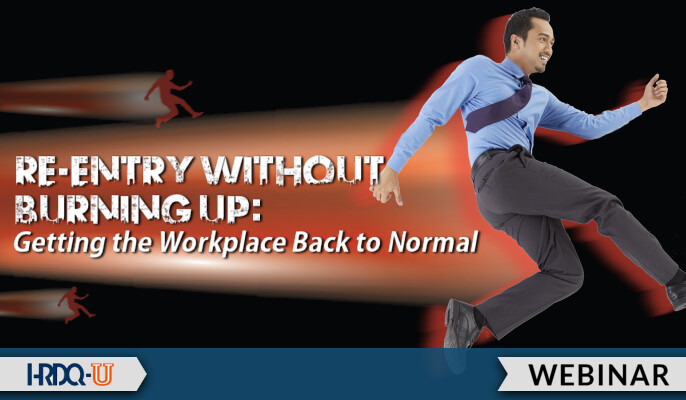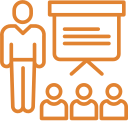As we navigate the landscape of the post-pandemic workplace, one thing becomes abundantly clear: rebuilding the team is not just an option; it’s a necessity. Odds are, whether you’re welcoming employees back to the office or adapting to ongoing remote work arrangements, your team is transforming. The dynamics have shifted, and the challenges are unique. In this blog, we’ll explore the critical adjustments, steps, and considerations in the process of rebuilding your team after the disruptions of the pandemic, ensuring a smooth transition and a thriving, resilient workforce.
- 827 Lincoln Ave. #B-10 West Chester, PA 19380
- support@hrdq.com
- +1-610-279-2002
Quick Links
Menu
Featured Topics
Menu
















